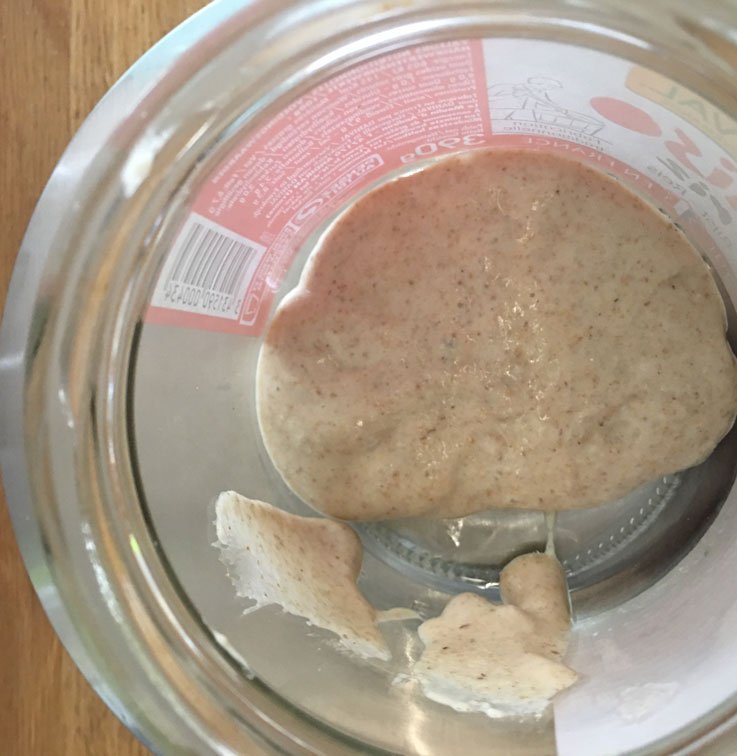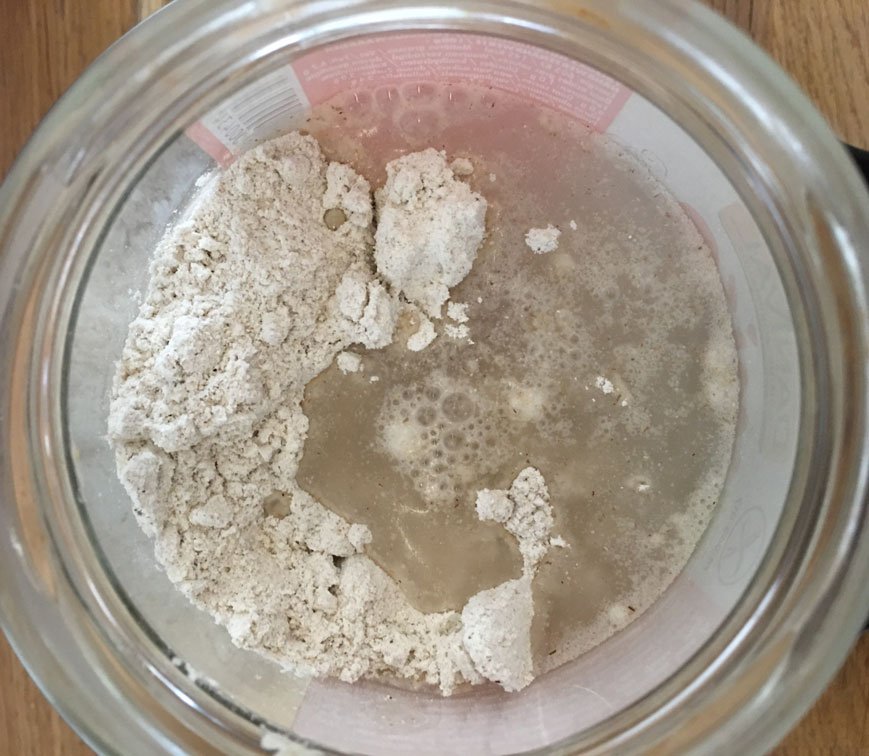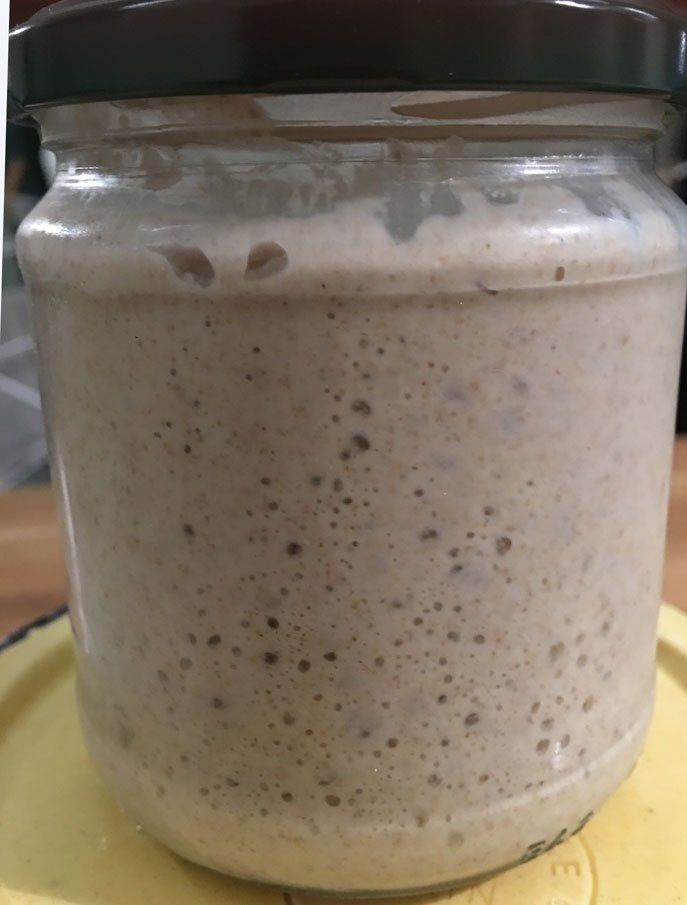
How to make a Sourdough Starter
To make a sourdough starter from scratch (without innoculation(1)) you will need:
Jar. A clean medium sized jar
Flour. The ideal flour is 100% organic Rye flour. It can be done with other flour but it can take longer and has variable results.
Water. The water must be either filtered or from a source where there is no chlorine. If your tap water isn’t too bad, you can usually get away with standing some water overnight to allow any chlorine to evaporate.
Bacteria love a warm environment around 30-35 C (86 to 95F), so depending on the time of year, your starter may take 3 days to show some signs of fermentation, or it may take a week. If you are making your starter at a cooler time of year then you can warm the water to about 30-35 C (86 to 95F).
DAY 1
Take 30g of flour and 30g of water and mix well. Place the lid on loosely and leave the jar in a cupboard for 24 hours. What does the mixture smell like? it should have a slightly grassy fresh smell at this stage.
DAY 2
Add 30g of flour and 30g water to the mixture from day 1 and mix well. Using a spoon, even out the level of the mixture in the jar and place an elastic band or a piece of decorator tape to mark the level. Place the lid on loosely and leave the jar as above.
DAY 3 onwards
Over the next few days, keep checking your starter. Is it bubbling or rising in the jar? Once the mixture has risen about as much again, smell it and it should smell slightly acidic. At this stage your starter is ready to use. If you are not ready to make a loaf of bread, just put it into the fridge until you want to use it.
In the warm months, your starter will show signs of life on day four, sometimes even by day three. Patience is a virtue as they say, and assuming you have used organic flour and unchlorinated water, your starter will ferment.
(1) Innoculation – it is possible to buy dried sourdough starter. This can simply be mixed with water and some flour and activate the dormant bacteria accelerating the speed of obtaining a starter.
Sourdough Discard
I wanted to talk about feeding and throwing away your starter. Some people are of the belief that you need to discard part of your starter and then re-feed or constantly feed your starter until you have a huge bubbling mass of fermenting flour and water, so much so that you either have to throw some of it away or feel you need to make something with it.
Half the world is starving, stop wasting flour
Stop throwing away your starter!
It is completely unnecessary to keep feeding your starter. Once you have a good ferment, the bacteria will lie dormant for weeks, months, years until the right conditions come along i.e. adding your flour and water. The only thing you have to ensure is that you have enough starter to use and some left over to restart the process again for another loaf.
Using your starter
If you are making a standard loaf with 450 grams of flour and 100grams of starter, and you plan on making a further loaf some days later of the same size, simply add 50grams of flour and water to the left overs in the jar, mix well and put the jar back in the fridge. It will slowly ferment over the coming days and be ready to use whenever you need it next.
If you plan on making a standard loaf as above and in addition you want to also make a pizza dough or focaccia, then simply add 100 g of flour and water so you have a double portion to use the next time around.
The starter can be scaled up and down as appropriate, the key is to always have at least a good tablespoon full of starter in the jar to reactivate whenever you need it.






